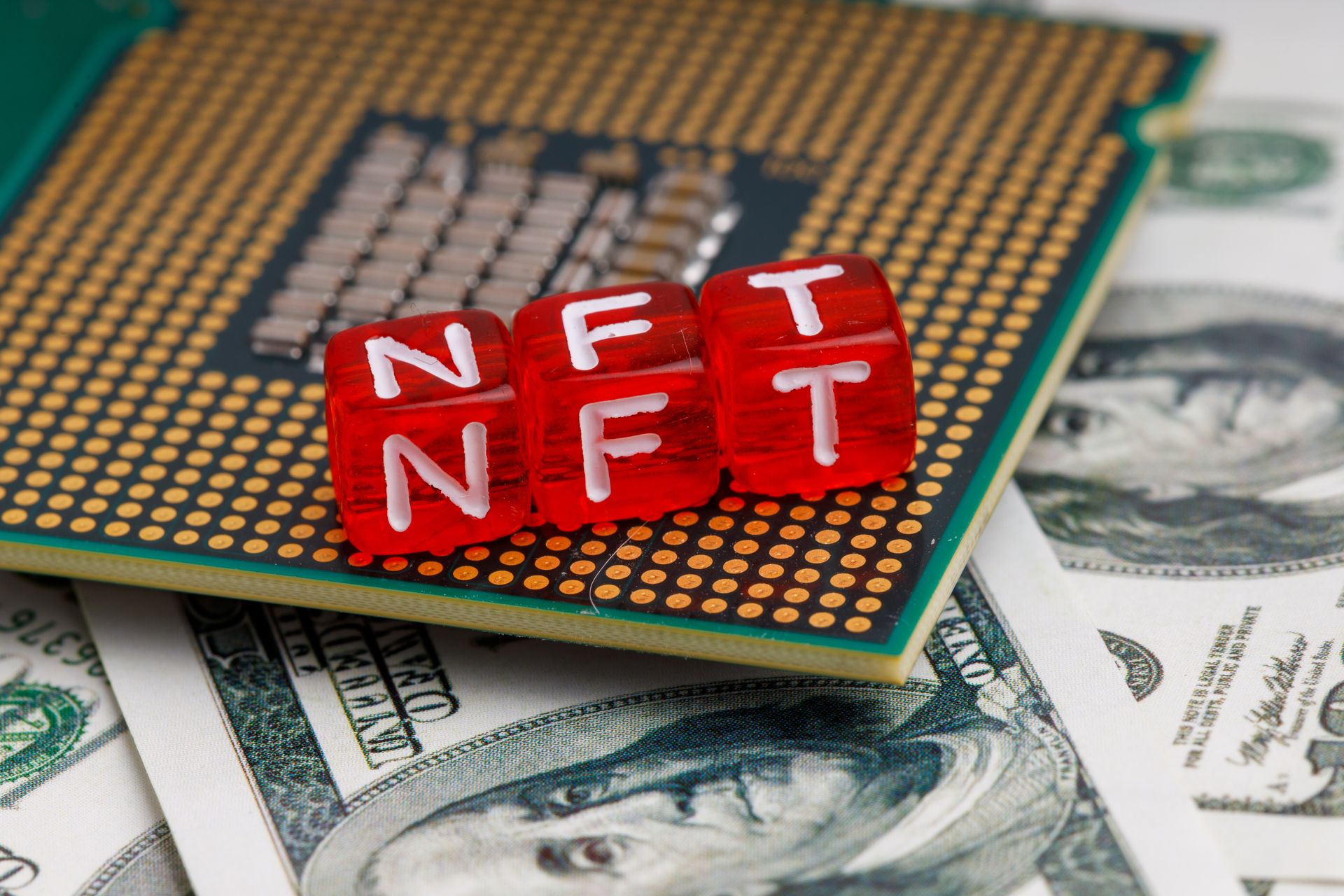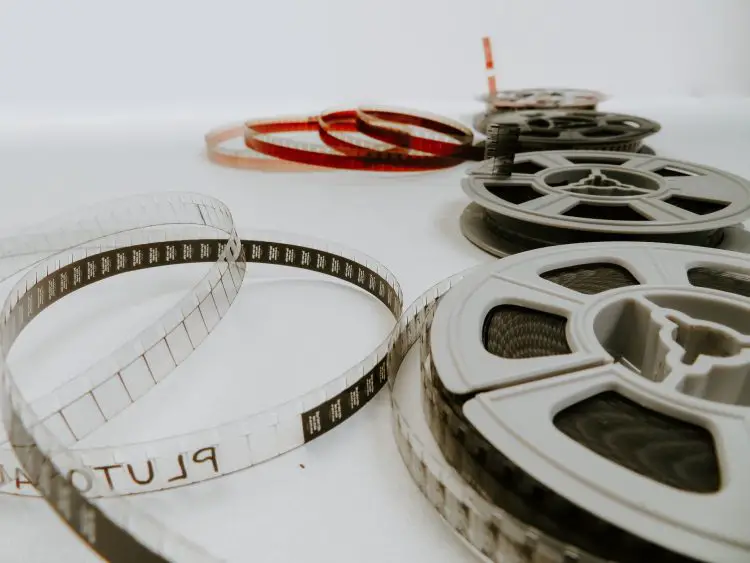The “NFT Rush” created a number of interesting effects during its surge and fall. The megatrend introduced the concept of an NFT (and to a certain extent, the blockchain) to the general public. While there was a lot of misunderstanding about what an NFT is, many projects were born that sold incredibly well. As the fad grew to a bubble, which then burst, we learned some important things about NFTs. First, NFT projects that are effectively pixelated art (with endless variations produced in mass) do not typically have staying power. After people realized that when these kinds of NFTs are incredibly easy to produce, they are no longer special.
However, though many cheap art-based projects came and went, the industry also learned the key elements of a good NFT collection. The NFT must actually be tied to something of value, something rare, and at best—something unique. From this, the collectable-style of NFT found a major use case. For industries that already utilize the collectible motif, the NFT has a solid home. Palm Network drove much of this collectible NFT market as they developed projects with the MLB, DC, and even Getty images. Each of these projects had the right recipe for a good NFT project: There were already fans of the material; with the MLB and DC there was already a history of collecting rare items; and the NFTs could be sold in limited batches or even as unique items.
Projects like these show that there is still a rich market for NFTs, and not only that, there are untapped markets who would love to take part in collecting items that mean something special to them. And one area with an abundance of these elements is the movie industry. Let’s dig into just a handful of use cases that would meet all the criteria of a solid NFT, showing that NFTs done right create endless opportunities for creators and fans alike.
The classic: Famous frames
One of the most obvious content troves for a movie studio is the movies. More specifically, the individual frames of a movie. Theoretically, a movie studio could create an NFT for each frame in the movie, creating a massive batch of completely one-of-a-kind collector’s items. More realistically, movie studios could select those frames from scenes that are most recognizable and still have thousands of frames ready to mint as NFTs for collectors. Imagine the scene in Jaws when the shark pops up beside the boat. Imagine the Terminator riding a motorcycle. Imagine Dorthy and friends dancing down the yellow brick road. All of these frames could become major collectibles, especially if a movie studio ensures that they are truly one-of-a-kind. Primary and secondary markets alike would pop up, each netting the studio’s initial revenue and residual royalties from subsequent sales. It fits the previous NFT litmus test of having a fan base, having a valuable collectible element, and being unique or rare.
A personal touch
While the first option capitalizes on material that already exists, a studio could create something specifically designed for a collectible NFT application. There are many options here, but two involve creating a more genuine and intimate look at the movie and main characters. First, the studio could take a collection of photos where the actors, directors, and crew are working behind the scenes, preparing for the next shot, brainstorming ideas, etc. Second, the studio could take a “baseball card” approach and take a portrait of each actor with a set behind them. Then the studio could include a variety of information on the photo (name, character name, various stats), then mint the photo as an NFT. For both ideas, the studio could release each photo as a limited batch, giving a sense of scarcity and selling something rare to movie fans.

A nostalgic collectible
A different approach to the collector’s item NFT could be creating not only unique items, but items that are personal to each person who chooses to own them. While some movies we see are merely entertaining, there are others that may have historical significance (think about the first Star Wars, or perhaps each Harry Potter film). Others may have a personal importance regardless of the movie itself (your first movie, a special date, etc.). In either case, studios could partner with ticket offices to give customers the option to mint their movie ticket into a unique NFT, creating a digital collectible with significant sentimental value.
Artistic artifacts
One final idea focuses on the idea of rare collectibles but can be expanded in any direction. For any given movie there are many artistic elements that aren’t meant for the actual film. The movie poster, for example, has a final version for the main market, but can also contain variations for different countries, with different languages but can also vary the artwork itself, and even the movie title. Each version of these could be minted into a limited batch of NFTs. Expanding this, artifacts such as concept art, director’s notes, maps of shooting locations, and deleted scene frames all have the potential to become a limited batch NFT, appealing to fans of the film who want something particularly special that expands the story and imagination of the film’s universe.
What’s next?
It’s evident, using just one industry as an example, that NFTs created using those key elements (something of interest to a fan, something rare, and something of collectible value) can become a thriving collection. With platforms like Palm Network already working to create value-added collections with major brands, these use cases are not only realistic, but they could be surprisingly fast to develop. When partnering NFTs and a franchise or artistic product that already has a fan base, it is easy to mobilize that excitement and offer fans unique collectibles of the projects and franchises they already adore. As long as collections with these elements continue to develop, the NFT industry will continue to be alive and well.
Featured image source: Denise Jans/unsplash





